Custom furniture made just for you
From simple side-tables and bookcases to beds with drawers, custom-made furniture is making a comeback—and it’s affordable too
Advertisement
From simple side-tables and bookcases to beds with drawers, custom-made furniture is making a comeback—and it’s affordable too
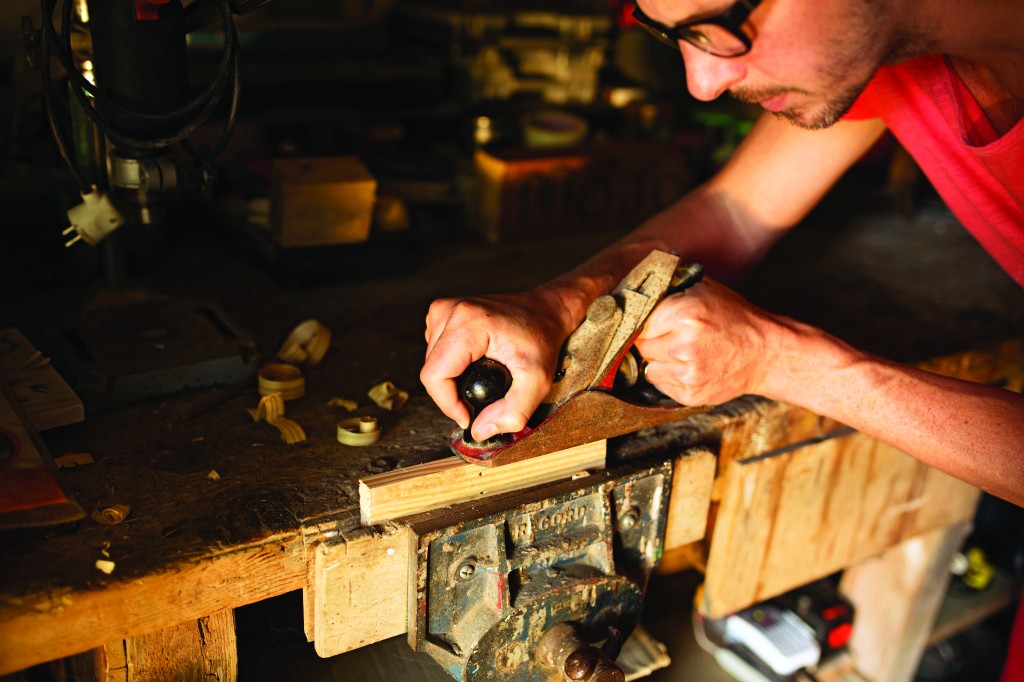
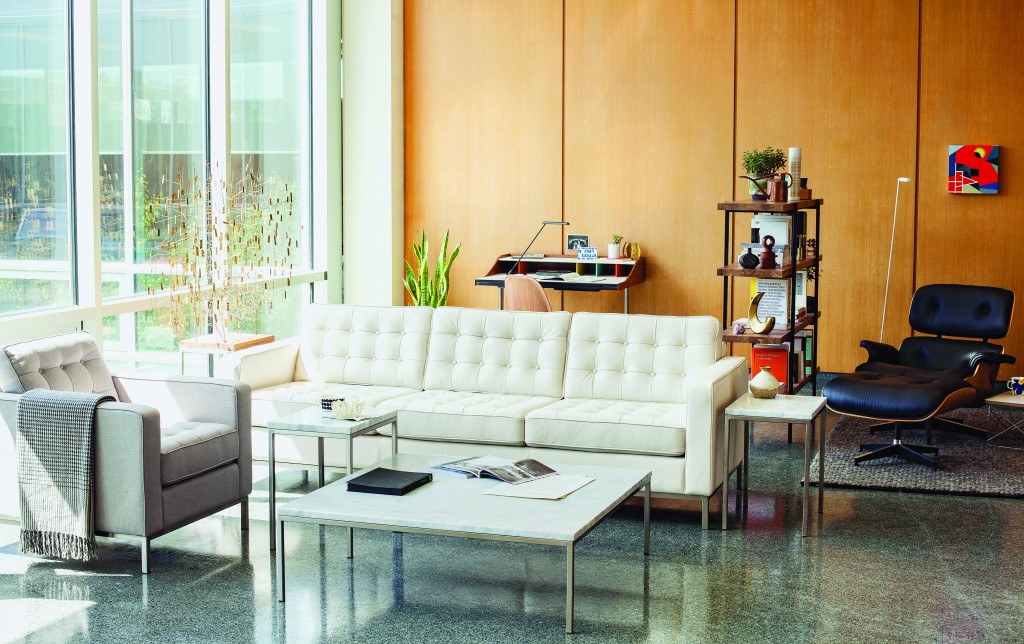
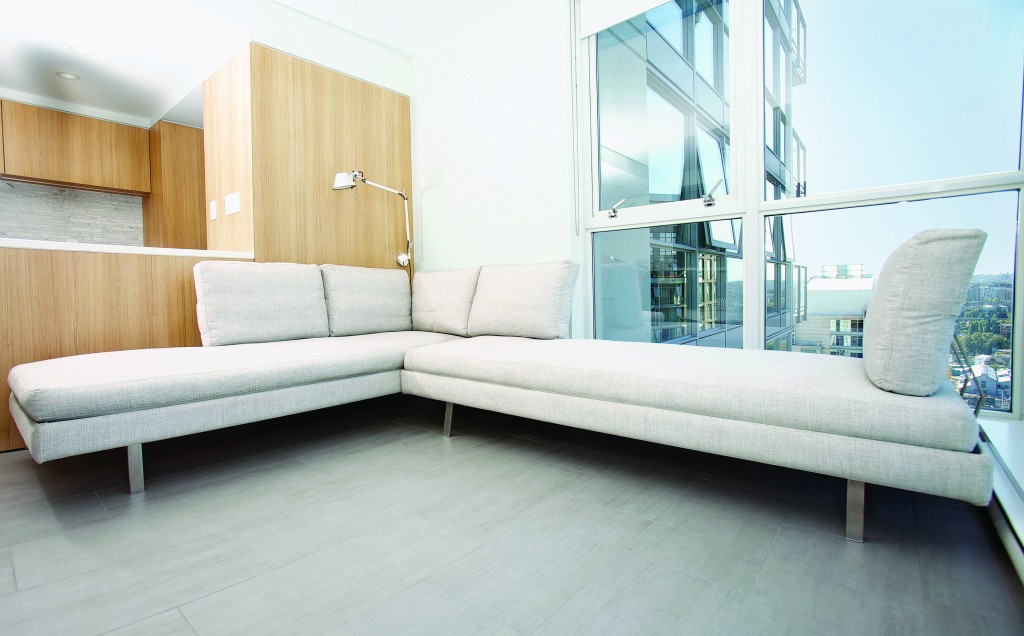
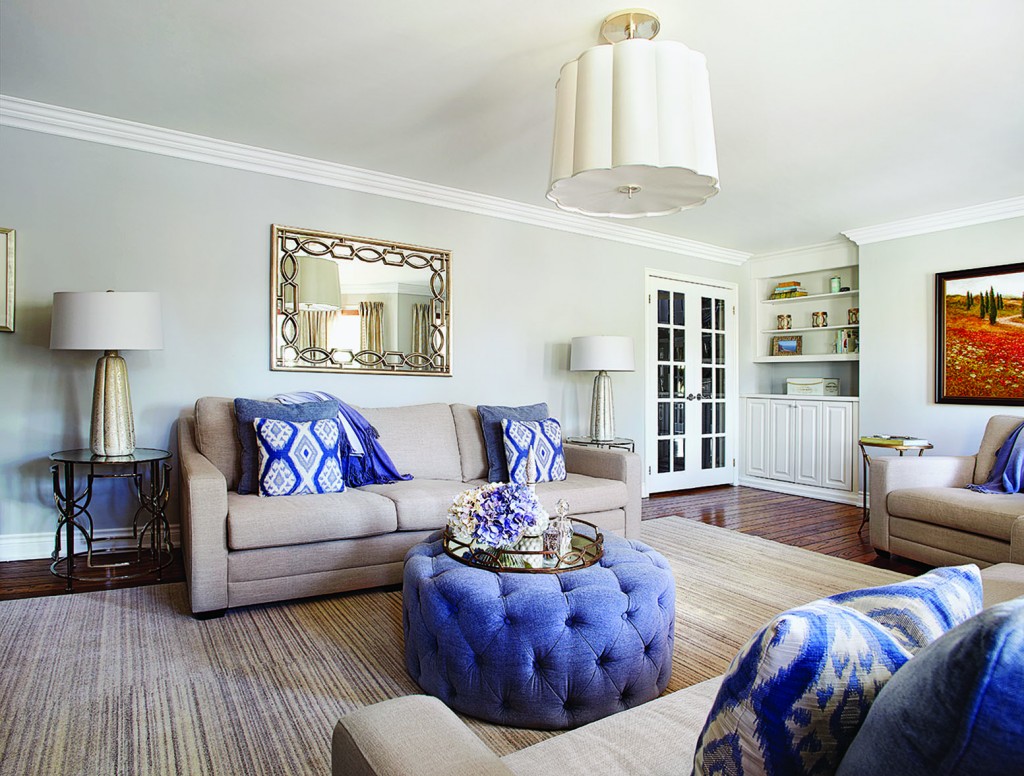
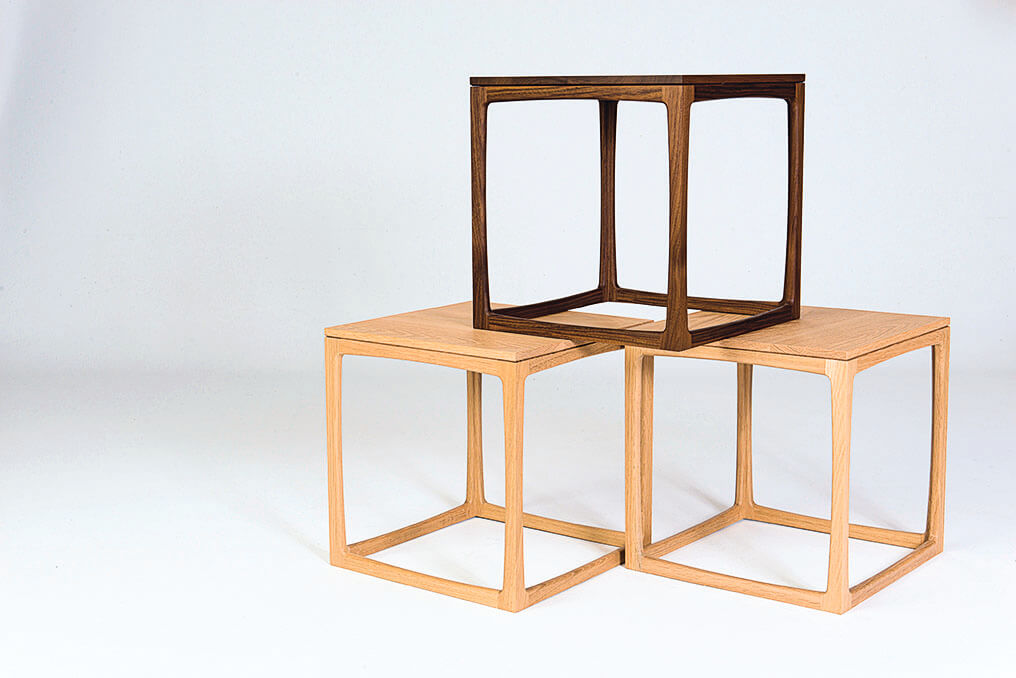
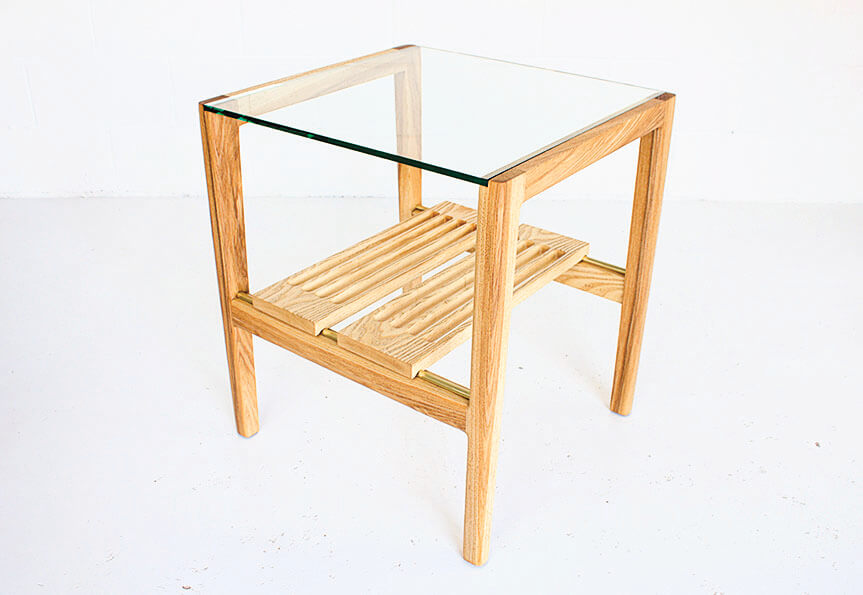
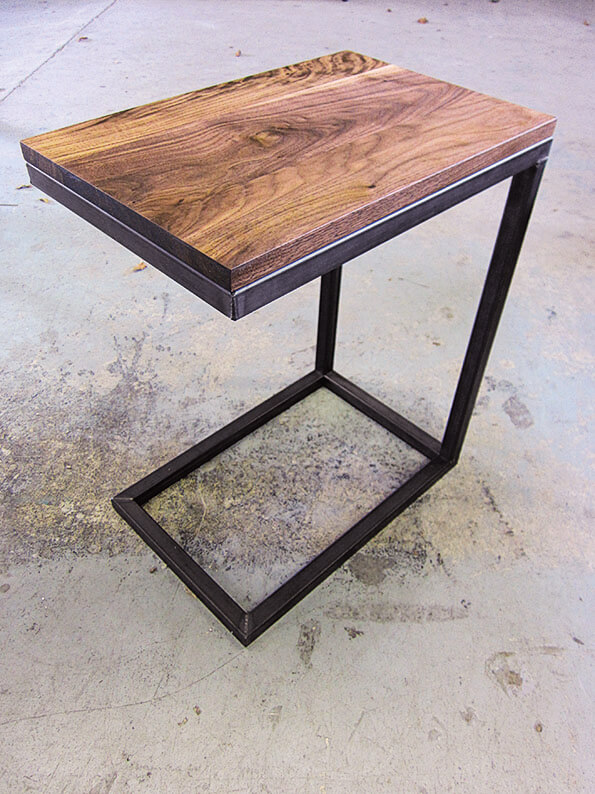
Share this article Share on Facebook Share on Twitter Share on Linkedin Share on Reddit Share on Email